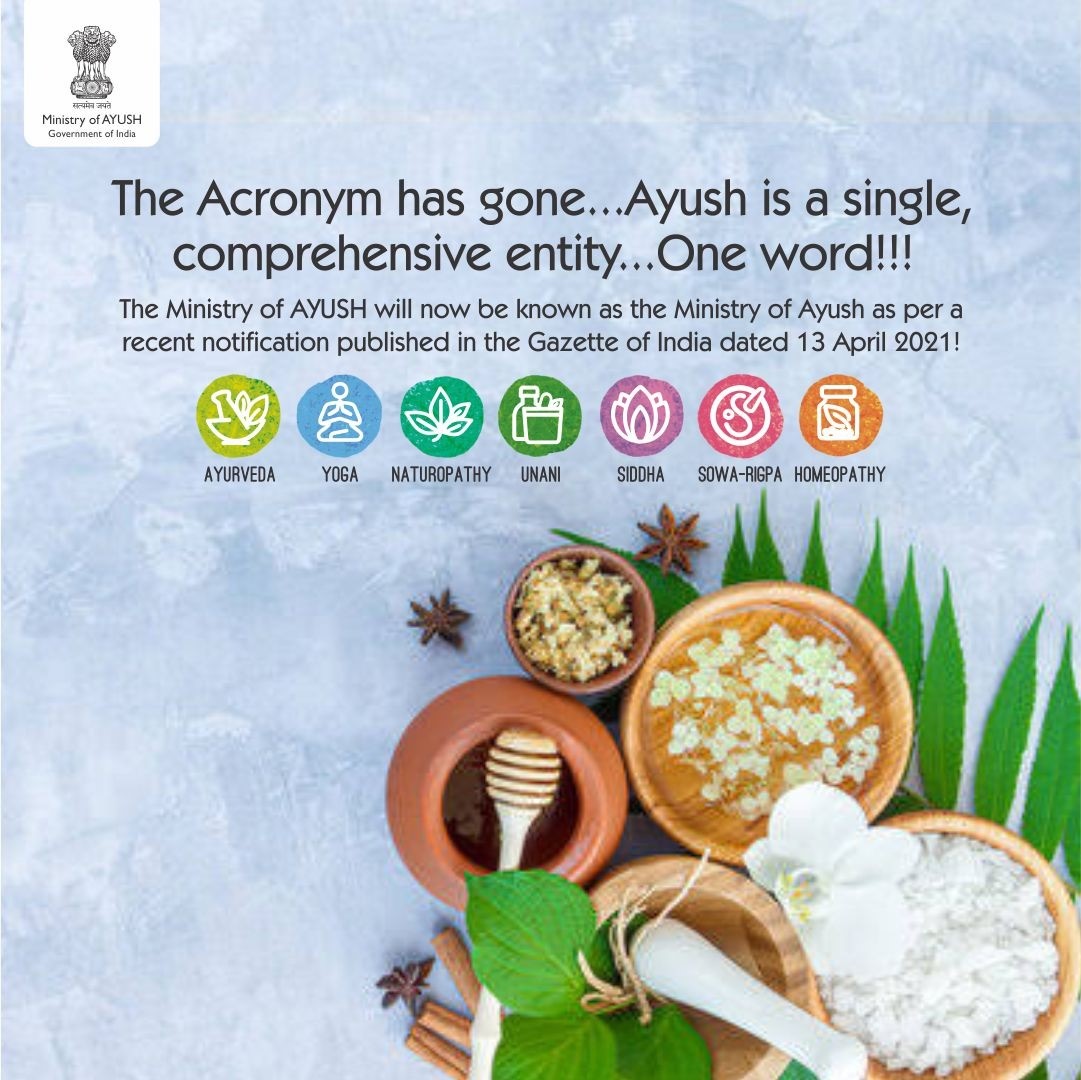09 Mar The challenges of working as an ayurvedic practitioner (Ayush)
The challenges of working as an ayurvedic practitioner (Ayush)
This article covers “Daily current affairs for UPSC “and the topic is ‘The challenges of working as an ayurvedic practitioner (Ayush)’ which is in the news, it covers “Health” In GS-2, and the following content has relevance for UPSC.
For Prelims: Ayush
For Mains: GS-2, Health
Why in news: Despite advertising initiatives to support AYUSH (Ayurveda, Yoga, Unani, Siddha, and Homeopathy), there is a lack of faith in these practices.
About Ayush
- The AYUSH systems reflect healthy living with established disease prevention and health promotion beliefs and are founded on specific medical philosophies.
- The Union Ministry of Health and Family Welfare established the Department of Indian Medicine and Homeopathy in 1995 with the goal of maximizing and concentrating the growth of these systems.
- The Department of AYUSH replaced this department’s last name in 2003.
- The Vedas, which became Ayurveda, have left a rich legacy of medical knowledge in India.
- With its roots in Indian ethos and culture, AYUSH has long served as the primary medical practice in the nation.

Ayush
Why is AYUSH viewed with suspicion?
- Ayurvedic ideas’ reliability: The public has a general lack of faith in the validity of Ayurveda beliefs and the efficacy of its methods.
- Sophisticated dogmas are offered in place of antiquated notions that are likely to raise skepticism in the minds of educated patients.
- Not in accordance with modern science: The establishment of ayurveda has been unable to keep up with modern intellectual and scientific developments.
- Lack of scrutiny: Because of their alleged roots in such theories, treatments are designed to evade straightforward experimental inspection.
- Lack of evidence: The declining level of Ayurveda’s evidence-based quality is a significant factor in the lack of faith in the system.
- Sluggish treatment: Another typical perception that describes the way Ayurveda is viewed by the general public is that its therapies take a long time to work.
The present state of AYUSH
- From modern to contemporary science: Like every other type of medicine or school of medicine worldwide, Ayurveda has evolved and changed over time.
- National Ayush Mission (NAM): AYUSH is a centerpiece program of the Ministry of AYUSH.
- The main goal of NAM is to advance AYUSH medical systems by providing affordable AYUSH services.
- It anticipates flexible program execution, resulting in significant engagement from the UT and State Governments.
Challenges confronted by AYUSH practitioners
- Lack of application: The practitioner would learn that the knowledge they received throughout their undergraduate education is a vast body of antiquated medical knowledge, of which only a small portion is actually useful today.
- Lack of ecosystem: Ayurveda lacks a thriving scientific and research ecology, therefore the poor practitioner must rely on himself to find cures and methods that genuinely work.
- Reputational impact: The procedure necessitates a great deal of patient trial and error and predictably damages the practitioner’s reputation.
- Gimmicks: Few doctors use social media, TV shows, and regular newspaper columns to deceive their unwary patients.
Need for Integrating medicine fields
- China: With its economic and political objectives, it pushed traditional medicine in the 1970s to spread high-quality Chinese medicine outside of China, which was finally accepted by the rest of the globe.
- India: The Prime Minister of India is a yoga and wellness brand ambassador, and wellness is becoming more and more popular worldwide.
- Wellness: By approaching wellness from the standpoint of how it complements what is happening in allopathic hospitals, we should concentrate on advancing wellness throughout a wider range of time.
- Post-surgery recovery: Ayurveda can be utilized in conjunction with hospital treatments, particularly when patients need to recover from surgery.
Way forward
- Formulating policy: Many of the issues that Ayurveda practitioners (AYUSH) confront can be resolved with the right policy-making.
- Prioritise primary care: The primary care physician is a dying breed in India’s healthcare system.
- If a nation wants to ensure the health of its people, it must revitalize primary care.
- Training: If properly taught, graduates of ayurveda can make a significant contribution to this rejuvenation.
- Promotion of Ayurvedic theories: This can be accomplished by conducting a thorough, evidence-based evaluation of Ayurveda theories and practices to separate the useful from the useless.
- Modern medicine: Graduates from ayurveda schools must be permitted to practice modern medicine in designated primary care settings.
These changes would contribute to the development of a workforce capable of efficiently addressing both India’s urban and rural populations’ basic healthcare demands.
Source:
Daily Current Affairs for UPSC
Are you searching for the latest daily current affairs for the UPSC examination? Here, Plutus IAS delivers the best daily Current Affairs for the UPSC examination. The topic described above is based on the challenges of working as an ayurvedic practitioner (Ayush). The aspirants get all types of updated current affairs related to the Health sector of India for the UPSC examination. Also, collect weekly and monthly current affairs today for the IAS exam preparation.
Download the PDF now:




No Comments